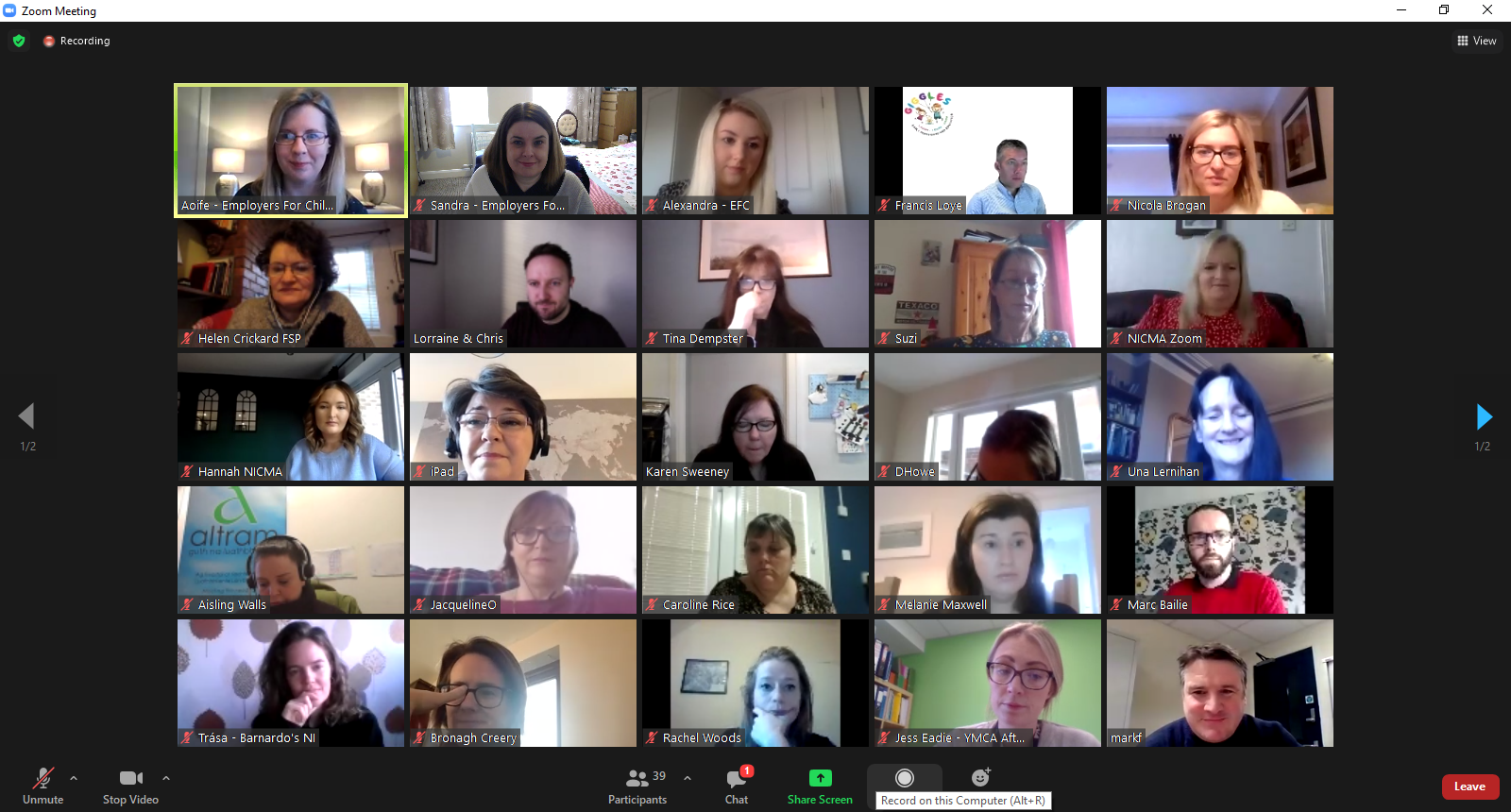Tips for asking if your employer can place you on furlough
Employers are allowed to furlough staff for reasons other than, or in addition to, the business being detrimentally affected as a result of Covid-19.
Staff can be furloughed if they have childcare or other caring issues arising from Covid-19, for example, during a period of school closure. Additionally, furlough can be used for staff who are Clinically Extremely Vulnerable to Covid-19.
In cases such as these eligible employers will be able to claim the government support towards salaries paid to staff who are unable to work for these reasons. This is set out in the Government’s guidance, which states:
“Your employee is eligible for the grant and can be furloughed, if they are unable to work, including from home or working reduced hours because they:
- are clinically extremely vulnerable, or at the highest risk of severe illness from coronavirus and following public health guidance
- have caring responsibilities resulting from coronavirus (COVID-19), such as caring for children who are at home as a result of school and childcare facilities closing, or caring for a vulnerable individual in their household.”
Our helpline has been contacted by a number of parents who have requested furlough from their employer, and have been turned down. It is important to note that it is up to the employer to make this decision, and furlough is not an employee ‘right’. Due to the nature of the scheme, with employers remaining liable for National Insurance and pension contributions, there do remain costs for the employer associated with placing employees on furlough.
Some employers will continue to require the presence of staff either in the workplace, or working from home, in order to deliver their goods or services and may be unable to agree to an employee’s request to be furloughed. Others, perhaps public sector bodies or where posts are fully Government funded, may be unable to offer furlough to staff. It also may create precedent within their organisation and may lead to further requests for employees to be furloughed, that they may then be unable to agree to.
If, however, you are an employee who is finding it a challenge to deliver your job while caring for your children, and home schooling, then the information below may assist you in making the case to your employer.
Requesting furlough
- You could request to be furloughed flexibly on a temporary basis, meaning that you would work some of your hours as normal, but other hours you would be on furlough. This could enable you to reach a better balance – delivering the work that your employer needs, while providing care and home schooling for children. For example, you could offer to work three days per week and be furloughed for two days. Alternatively, if you normally work full days you could offer to work half days and be on furlough for the remainder of the time.
- Remind your employer of the key facts associated with the scheme that may have changed since they last reviewed the details, for example:
- Employers can claim under the scheme even if they have never used Coronavirus Job Retention Scheme (CJRS) before or have not furloughed the employee before (provided the employee was on the PAYE payroll on 30 October 2020. That means that a Real Time Information (RTI) submission notifying payment for that employee to HMRC must have been made between 20 March 2020 and 30 October 2020).
- There is no limit on the number of employees who can be furloughed.
- The employer is liable only for relevant National Insurance and Pension Contribution payments for employee hours not worked (there is no salary contribution).
- The use of the scheme can be entirely flexible to suit the needs of both employer and employee (employees can be furloughed for as many or as few of their weekly or monthly contracted hours as agreed to by both parties).
- Employees can still be furloughed it they are on a temporary or zero-hours contract, an agency worker, or employed by more than one company.
- Your employer doesn’t have to furlough you, but you can ask why they’ve said no and ask if they’ll change their decision.
In its current form the Coronavirus Job Retention Scheme (CJRS) or ‘furlough’ scheme is due to run until 30 April 2021.
For more information and how to apply visit:
https://www.gov.uk/guidance/claim-for-wage-costs-through-the-coronavirus-job-retention-scheme






